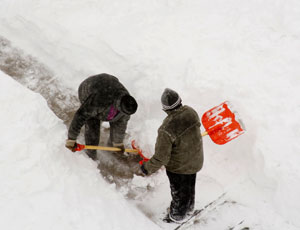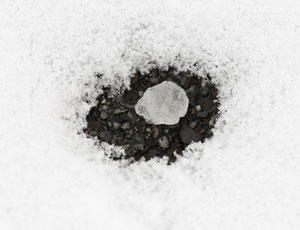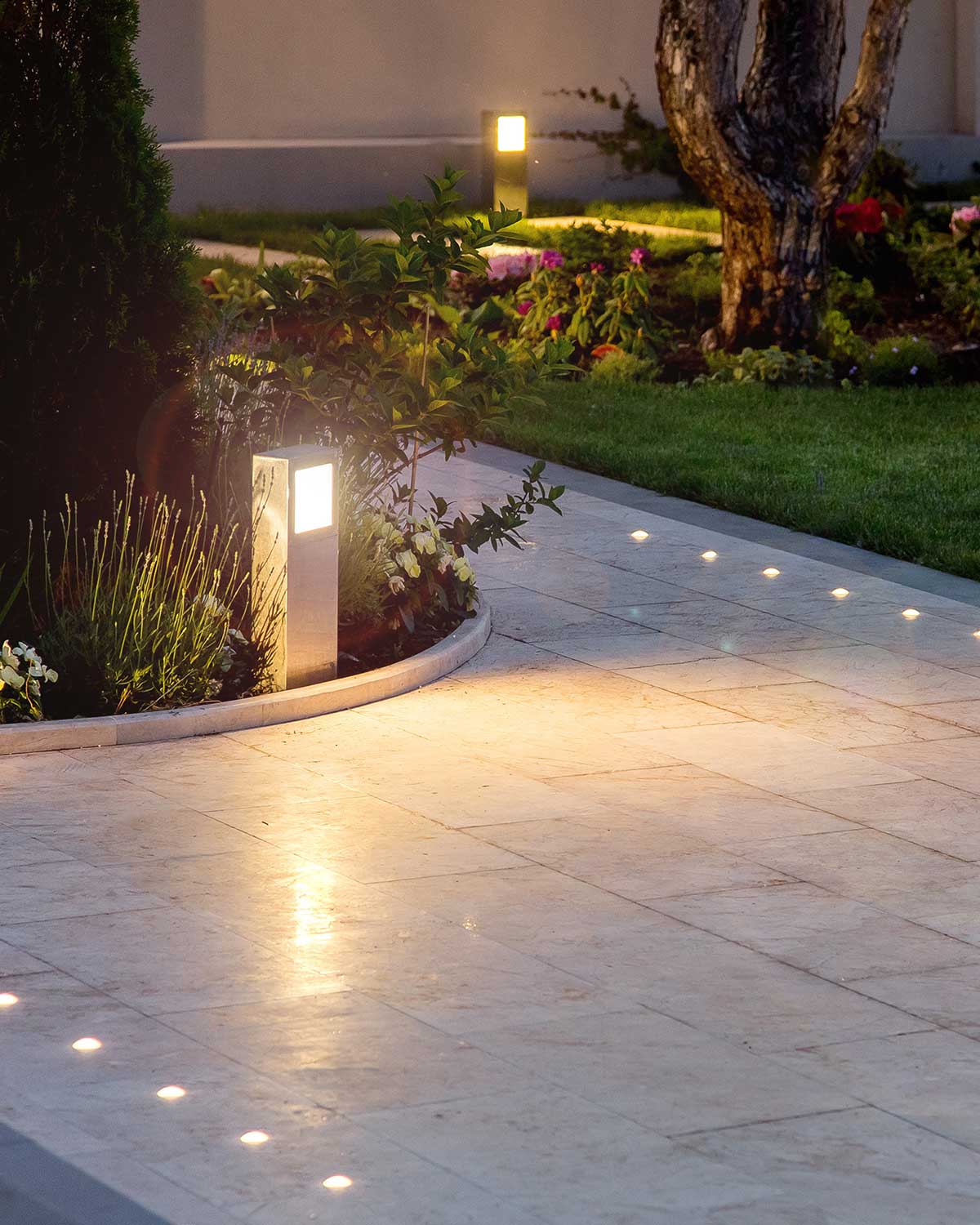
Rock salt, sodium chloride, is the old standby for ice melting around the home. It is inexpensive and very effective down to temperatures of about -9 degrees Celsius. Rock salt is less popular than it used to be since it is highly corrosive to cars and other steel objects. Concentrated salt is also bad for natural aquatic systems and landscape plants. It’s a good choice for short term use, but there are several more options to consider.
Sand was traditionally used to provide traction on slippery surfaces. It works for that, but will not melt snow or ice. Treated sand is a combination of sand, salt and, sometimes, other chemicals that make it more effective. Treated sand gives you a combination of traction and deicing properties. It’s a good choice for extra slippery places or people that may need a little extra traction for safety. However, it’s pretty messy in the spring and has to be cleaned up.
Calcium chloride and magnesium chloride are other types of salt that are sometimes used in deicing mixtures. They are less corrosive than rock salt, less harmful to roadways and more effective at lower temperatures. Because they are more expensive than rock salt, they are often blended with other ingredients. Chemical deicers are regularly used to treat rock salt, to activate the melting and lower effective temperatures.

In addition to snow shovels and snow blowers, these are your best options for snow and ice removal.
We keep a variety of choices on hand. Rock salt is good for short term use, treated sand for slippery situations and calcium chloride mixtures for prolonged low temperatures. If you are worried about the environmental effects of deicers or are concerned about pets and your landscape plants, use one of the eco-friendly ice melters.
Give us a call and request a quote on snow and ice management for your home or business today!

Need inspiration?
When you start to think about designing the perfect yard, deck, patio or backyard oasis, it can be helpful to have some solid ideas of what you want to achieve. We can help with that.

